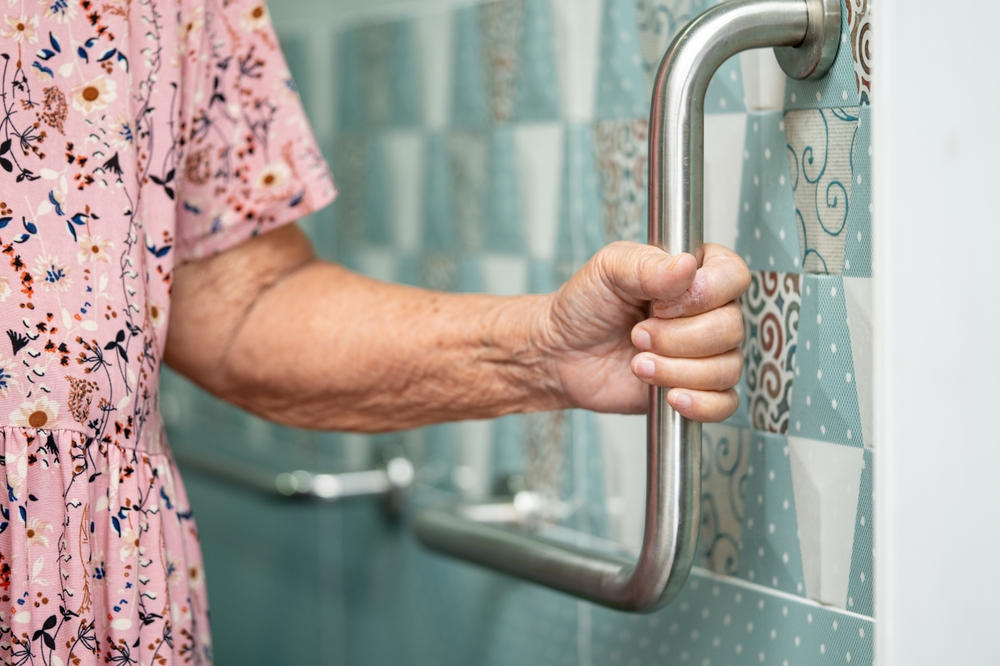In today’s fast-paced world, technology continues to advance at an unprecedented rate. One area where this progress is making a significant impact is in the realm of wearable tech for senior safety. As the population ages, the need for innovative solutions to ensure the safety and well-being of seniors is becoming more critical. Wearable technology offers a promising avenue to address this need, providing seniors with tools that enhance their safety, independence, and quality of life.
Wearable tech for senior safety has become a crucial tool in modern healthcare, offering a range of devices designed to monitor health, prevent falls, and provide peace of mind for both seniors and their families. These devices are not only enhancing the lives of seniors but are also transforming the way caregivers and healthcare professionals approach elder care. With the integration of smart technology, seniors can now enjoy a greater degree of independence while ensuring their safety and well-being.

The Importance of Wearable Tech for Seniors
The aging population presents unique challenges, particularly in terms of health and safety. According to the CDC, falls are a leading cause of injury among older adults, with one in four seniors experiencing a fall each year. This statistic underscores the importance of wearable tech for senior safety. By leveraging technology, we can help mitigate the risks associated with aging, allowing seniors to maintain their independence for longer.
Enhancing Independence and Quality of Life
For many seniors, maintaining independence is a top priority. Wearable technology can play a pivotal role in achieving this goal. Devices such as smartwatches, fitness trackers, and medical alert systems provide seniors with the tools they need to stay active, monitor their health, and call for help if needed. These technologies not only promote physical well-being but also contribute to mental health by reducing anxiety and providing a sense of security.
Types of Wearable Tech for Senior Safety
There are several types of wearable devices specifically designed to enhance the safety and well-being of seniors. Each type of device offers unique features and benefits, catering to different needs and preferences.
Fall Detection Devices
Fall detection devices are one of the most popular forms of wearable tech for senior safety. These devices use sensors to detect when a fall occurs and automatically alert emergency contacts or healthcare providers. This technology can be life-saving, as prompt medical attention is crucial in the event of a fall. For more information on fall detection, you can read about privacy-friendly solutions.
Health Monitoring Devices
Health monitoring devices, such as fitness trackers and smartwatches, allow seniors to keep track of their vital signs, physical activity, and sleep patterns. These devices can provide valuable insights into a senior’s health, enabling timely interventions and promoting a healthier lifestyle. They can also be integrated with IoT sensors for a comprehensive health monitoring system.
GPS Tracking Devices
GPS tracking devices are especially useful for seniors with cognitive impairments or those prone to wandering. These devices allow caregivers to monitor the location of their loved ones in real-time, ensuring they are safe and accounted for. The peace of mind provided by GPS tracking is invaluable for both seniors and their families.
Benefits of Wearable Tech for Senior Safety
The benefits of wearable tech for senior safety extend beyond merely preventing falls or tracking health metrics. These devices offer a range of advantages that contribute to the overall well-being of seniors.
Improved Emergency Response
In emergencies, every second counts. Wearable tech can significantly improve response times by automatically alerting emergency services or caregivers when a senior requires assistance. This rapid response can be crucial in preventing more severe health outcomes.
Increased Peace of Mind
For both seniors and their families, knowing that there is a safety net in place can provide tremendous peace of mind. Wearable devices ensure that help is always within reach, reducing anxiety and allowing seniors to focus on enjoying their daily lives.
Empowering Seniors
One of the most significant benefits of wearable tech for senior safety is the empowerment it provides seniors. By equipping them with tools to monitor their health and safety, these devices enable seniors to take control of their well-being and make informed decisions about their care.
Challenges and Considerations
While the benefits of wearable tech are numerous, there are also challenges and considerations to keep in mind. Understanding these factors is essential for successfully integrating wearable technology into senior care.
User-Friendliness
One of the primary challenges is ensuring that the technology is user-friendly. Seniors may not be as tech-savvy as younger generations, so devices must be intuitive and easy to use. Manufacturers must prioritize simplicity in design to ensure that seniors can use these devices effectively.
Privacy Concerns
Privacy is another critical consideration. Wearable devices collect a significant amount of personal data, raising concerns about how this information is stored and used. It’s essential for manufacturers to implement robust privacy measures and for users to be aware of their rights when it comes to data protection.
Cost and Accessibility
The cost of wearable tech can be a barrier for some seniors. While prices have been decreasing, these devices can still be expensive, especially when factoring in subscription fees for monitoring services. Ensuring that wearable technology is accessible to all seniors, regardless of their financial situation, is a challenge that needs to be addressed.
The Future of Wearable Tech for Seniors
The future of wearable tech for senior safety looks promising, with rapid advancements in technology paving the way for even more innovative solutions. As technology continues to evolve, we can expect to see more sophisticated devices that offer enhanced functionality and integration with other smart home technologies.
Integration with Smart Home Systems
One area of potential growth is the integration of wearable tech with smart home systems. By connecting wearable devices to smart home technology, seniors can enjoy a more seamless and comprehensive approach to safety and health monitoring. This integration can further enhance independent living, as explored in smart elderly care solutions.
Advancements in AI and Machine Learning
Artificial intelligence (AI) and machine learning are set to play a significant role in the future of wearable tech. These technologies can enhance the capabilities of wearable devices, allowing for more accurate health monitoring and personalized care recommendations. As AI continues to advance, we can expect to see even more intelligent and intuitive wearable devices for seniors.
Conclusion
As we look to the future, it is clear that wearable tech for senior safety will continue to be a vital tool in promoting the health and well-being of seniors. By embracing these technologies, we can help seniors maintain their independence, improve their quality of life, and ensure they remain safe and supported. As technology continues to evolve, the possibilities for enhancing senior safety and care are limitless.

FAQ
What types of wearable tech are best for seniors?
Wearable tech for seniors includes fall detection devices, health monitoring devices, and GPS trackers. Each type serves different needs, so choosing the right device depends on the specific requirements of the senior.
How does wearable tech detect falls?
Fall detection devices use sensors to identify sudden movements or impacts that indicate a fall. When a fall is detected, the device automatically alerts emergency contacts or healthcare providers.
Are there any privacy concerns with wearable tech?
Yes, privacy is a concern as wearable devices collect personal data. It’s important for users to choose devices with robust privacy measures and understand how their data is being used.
This article contains affiliate links. We may earn a commission at no extra cost to you.






